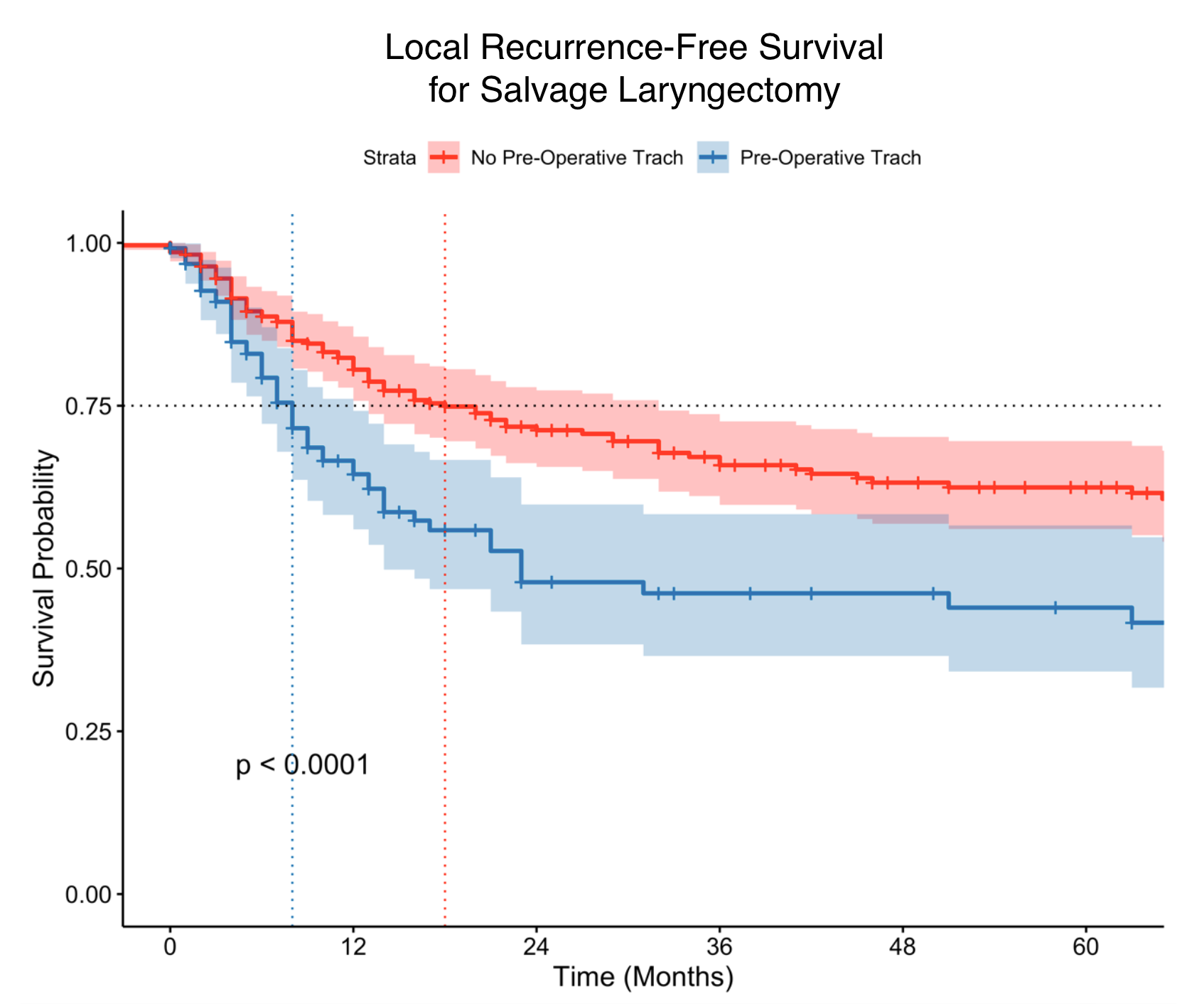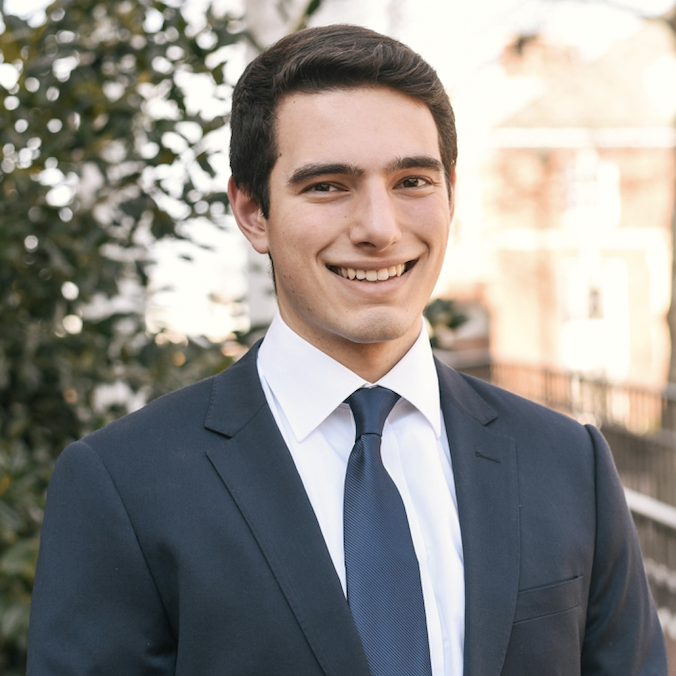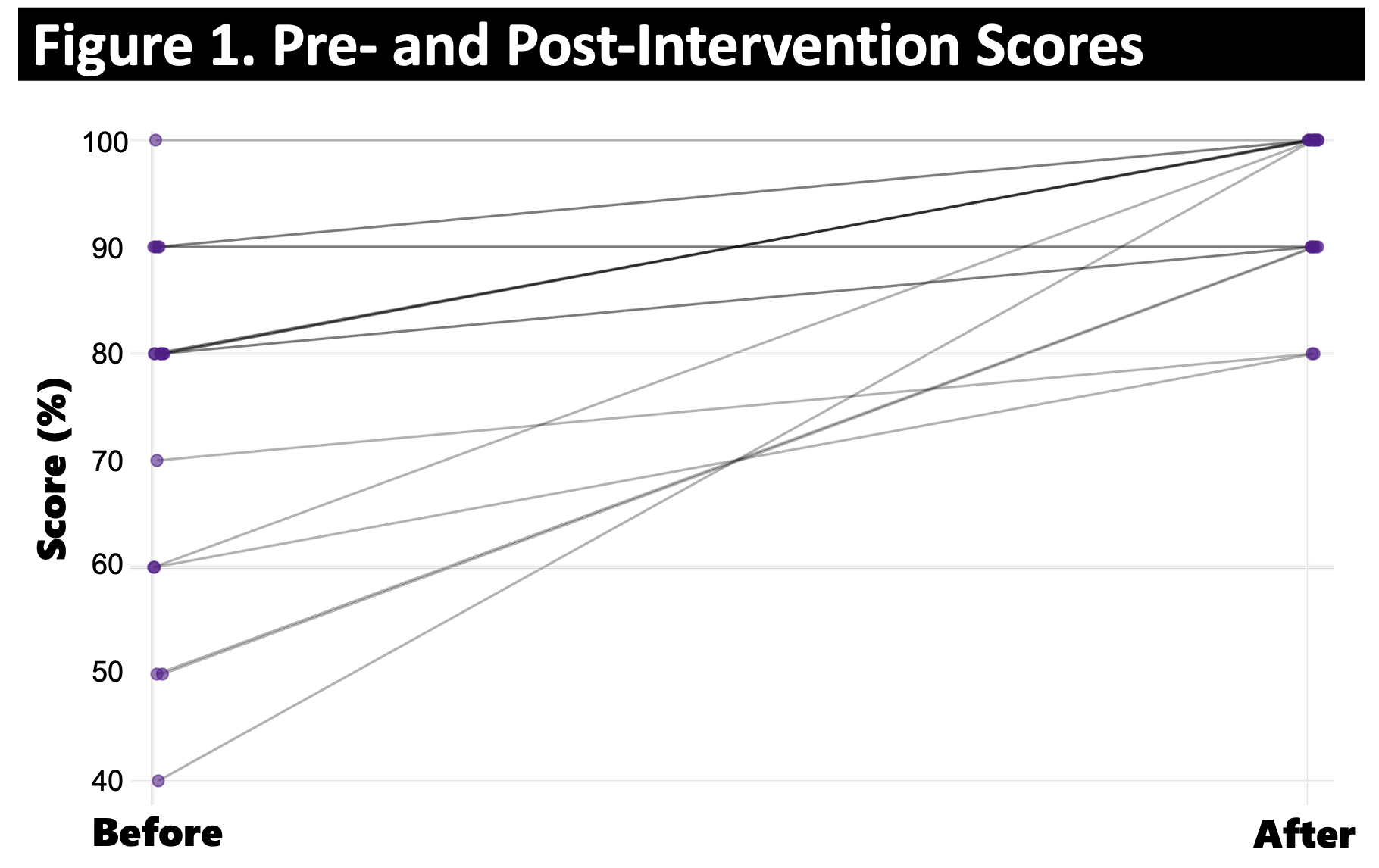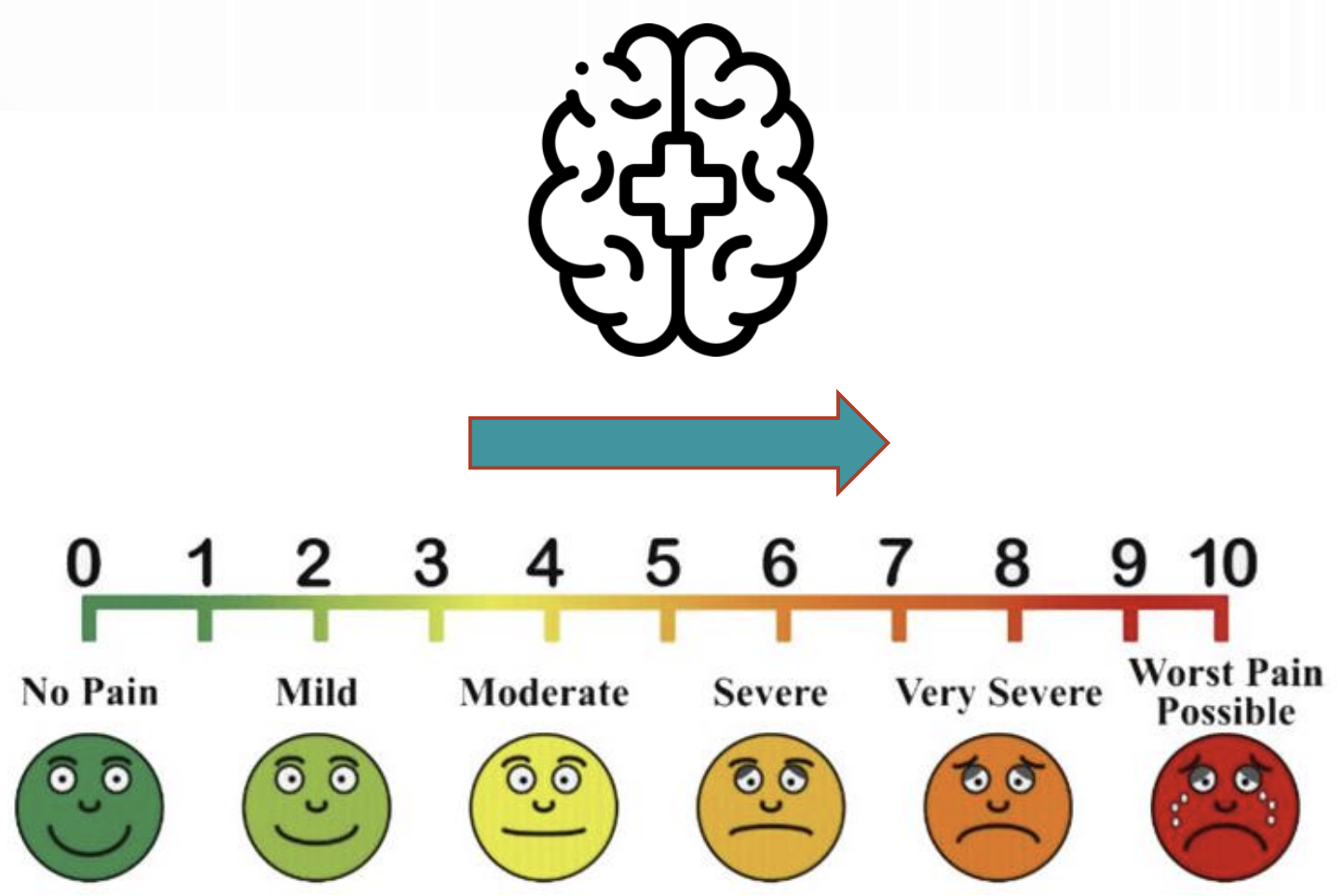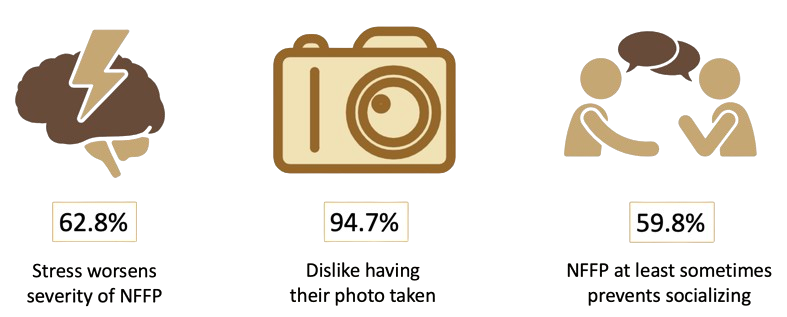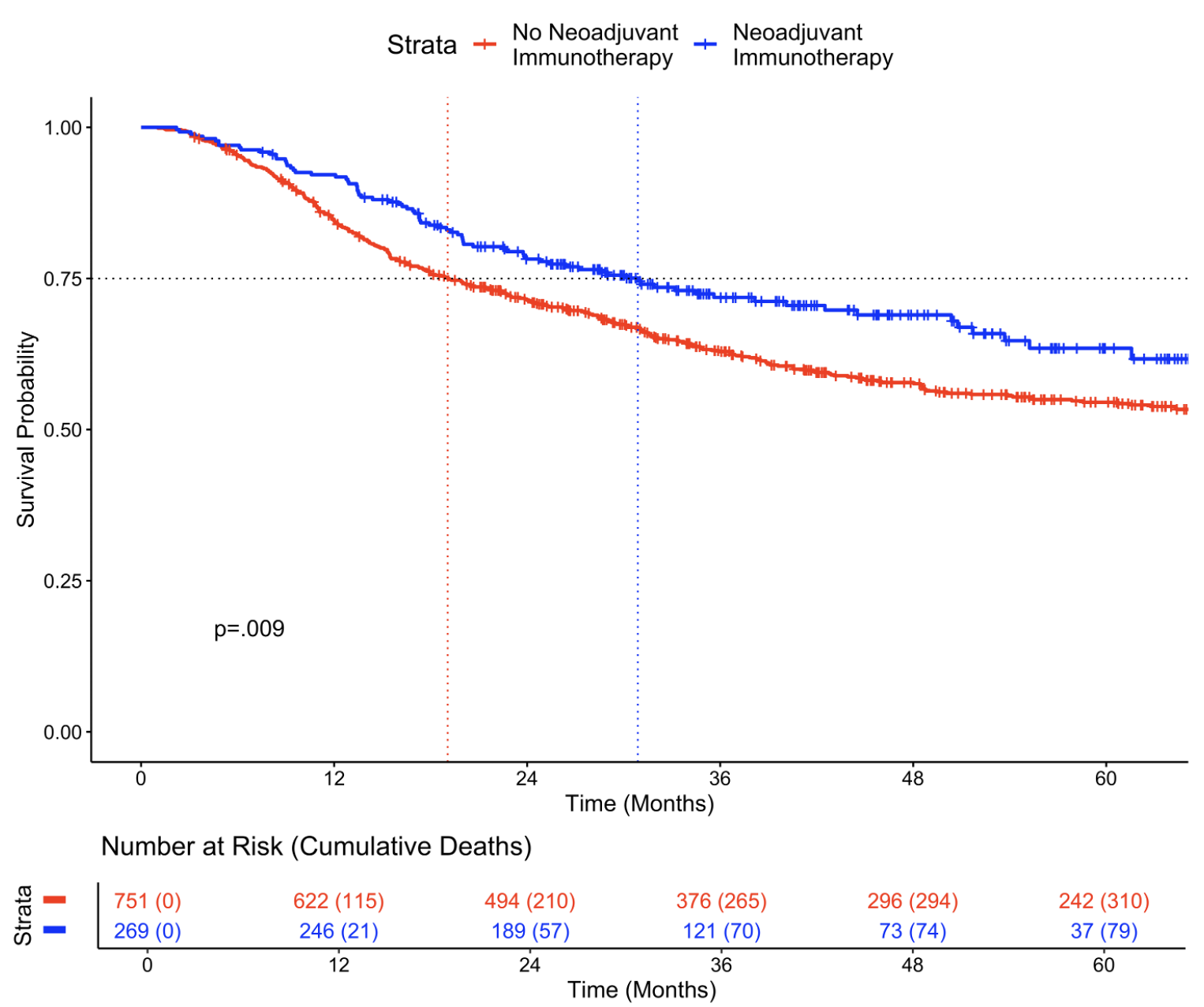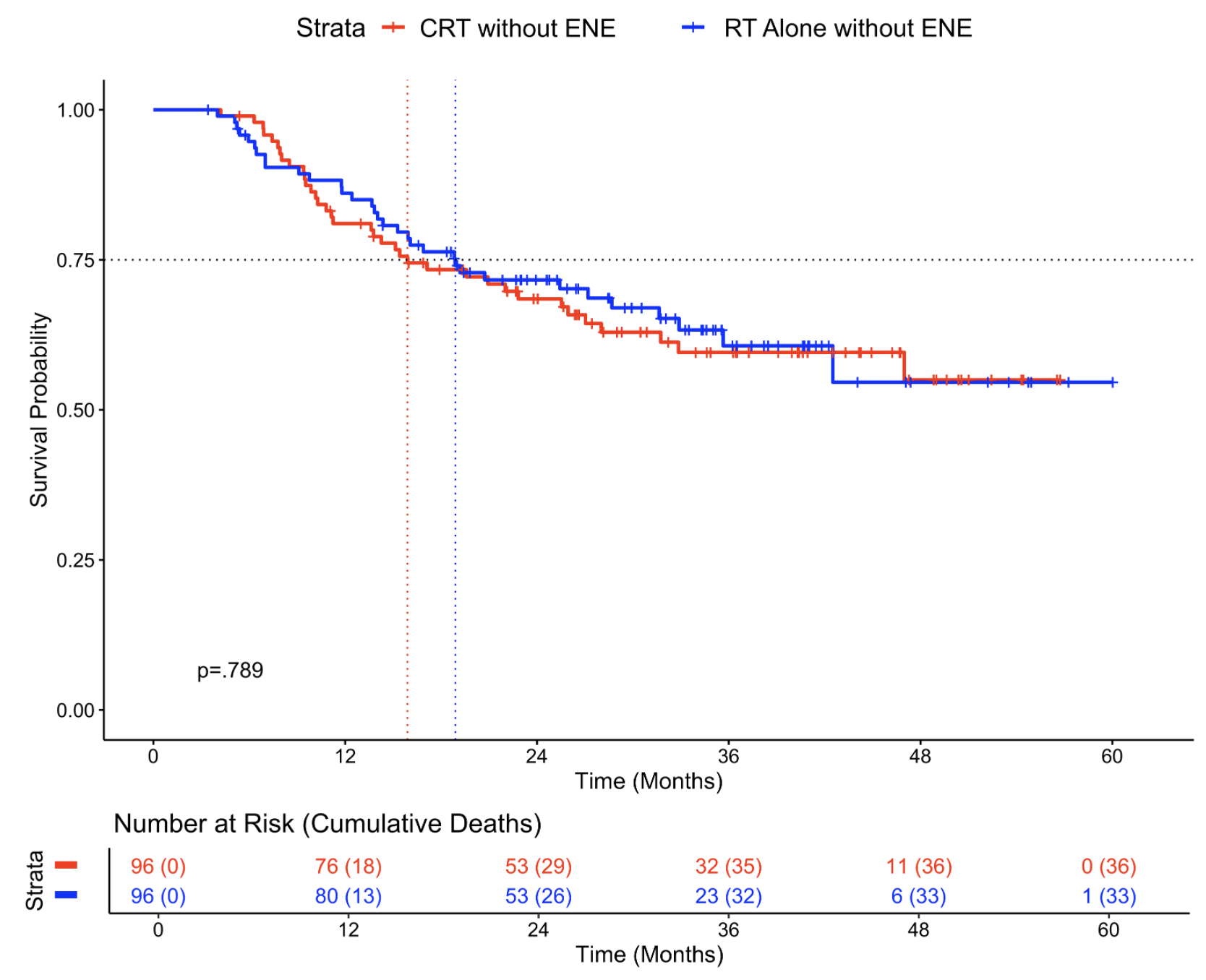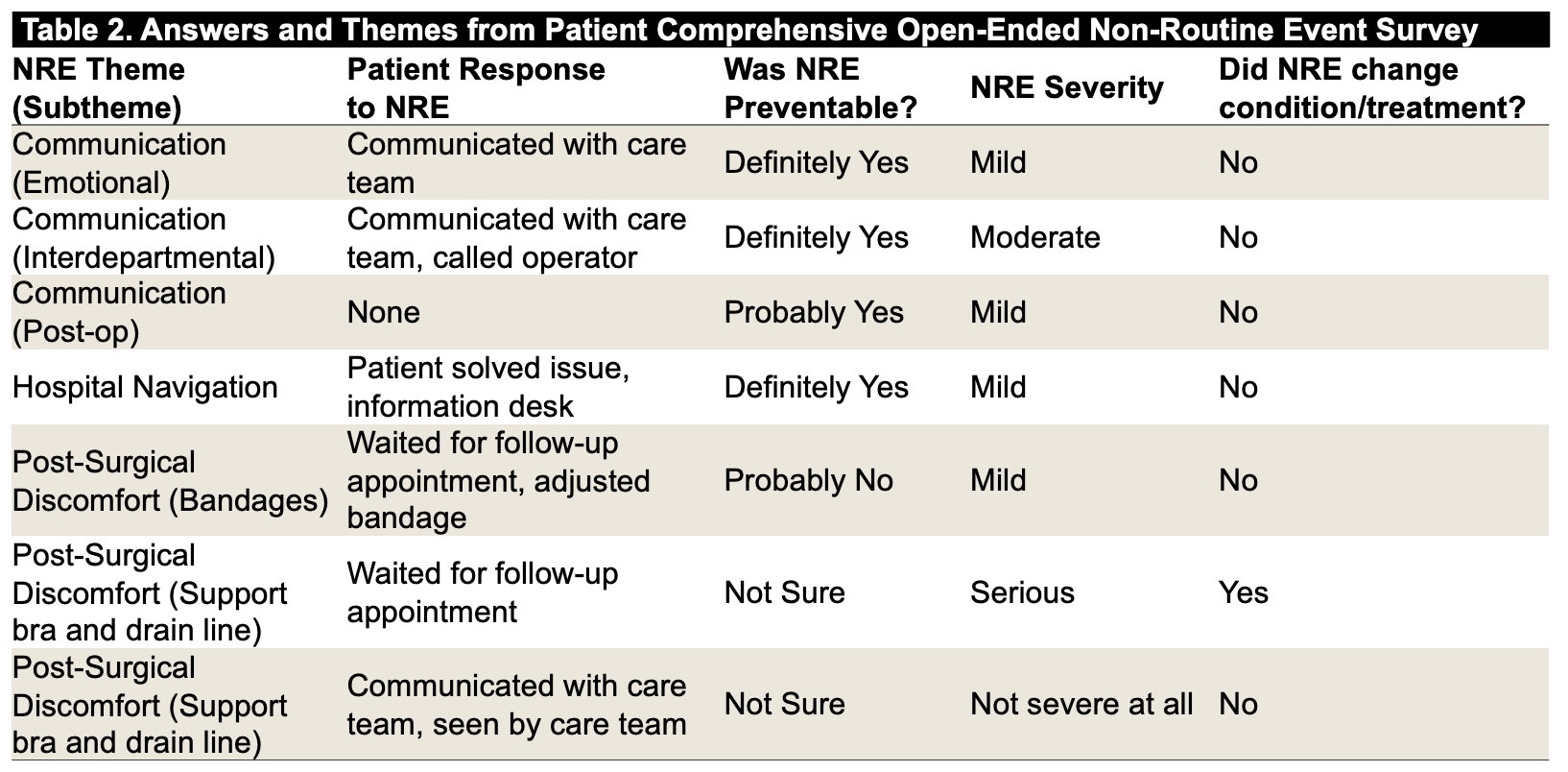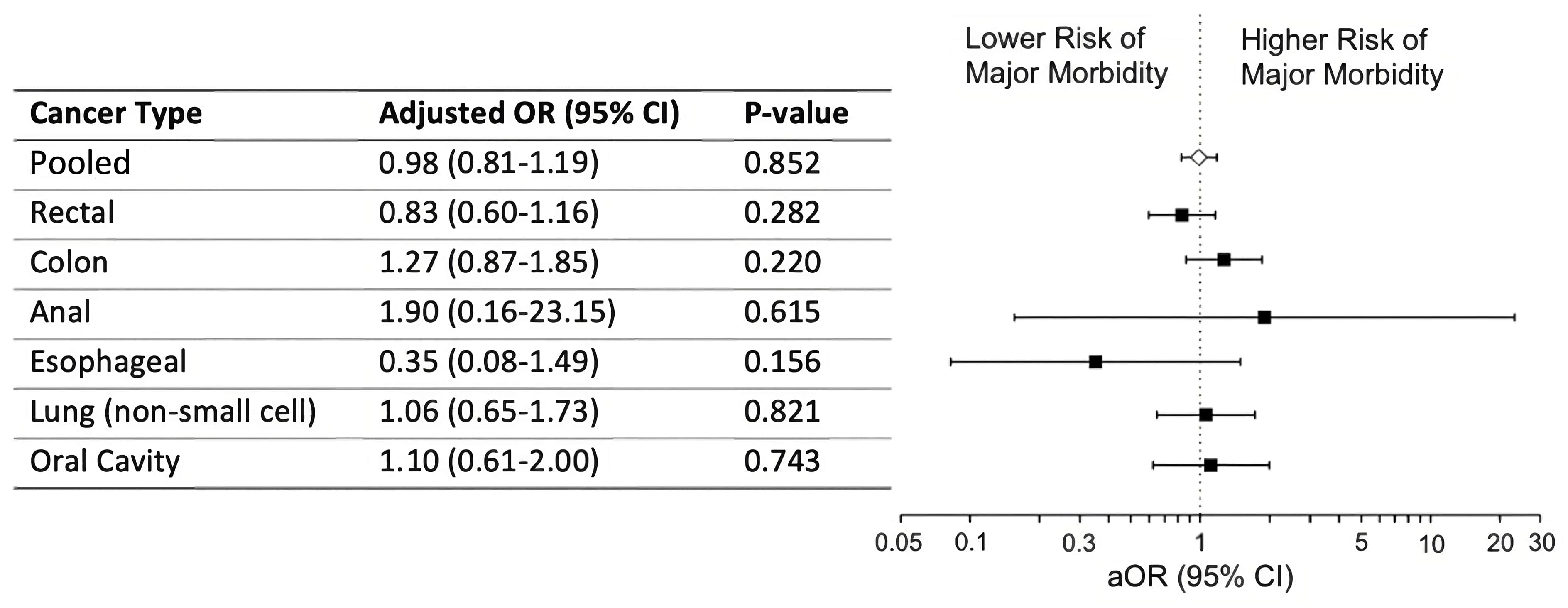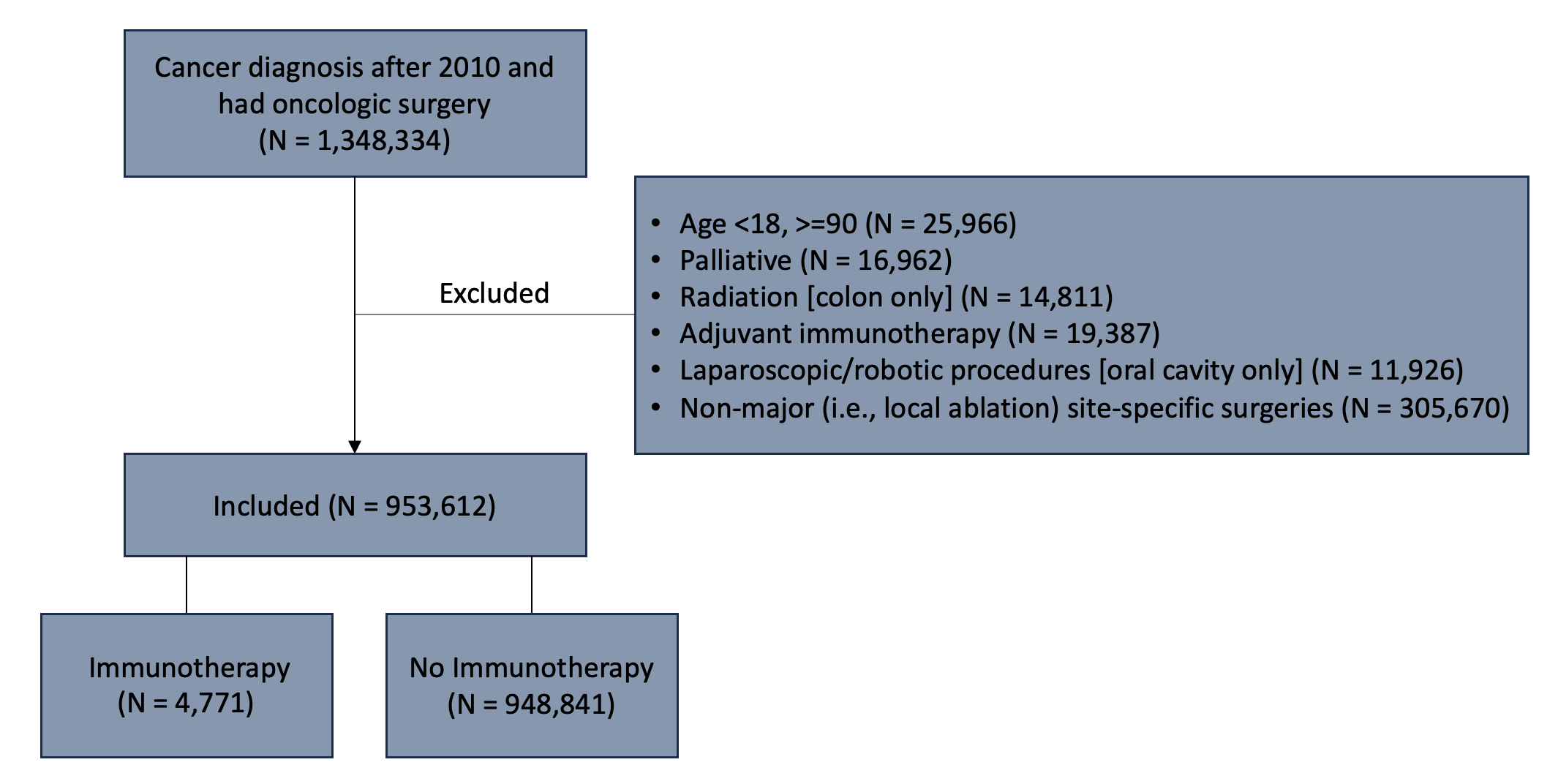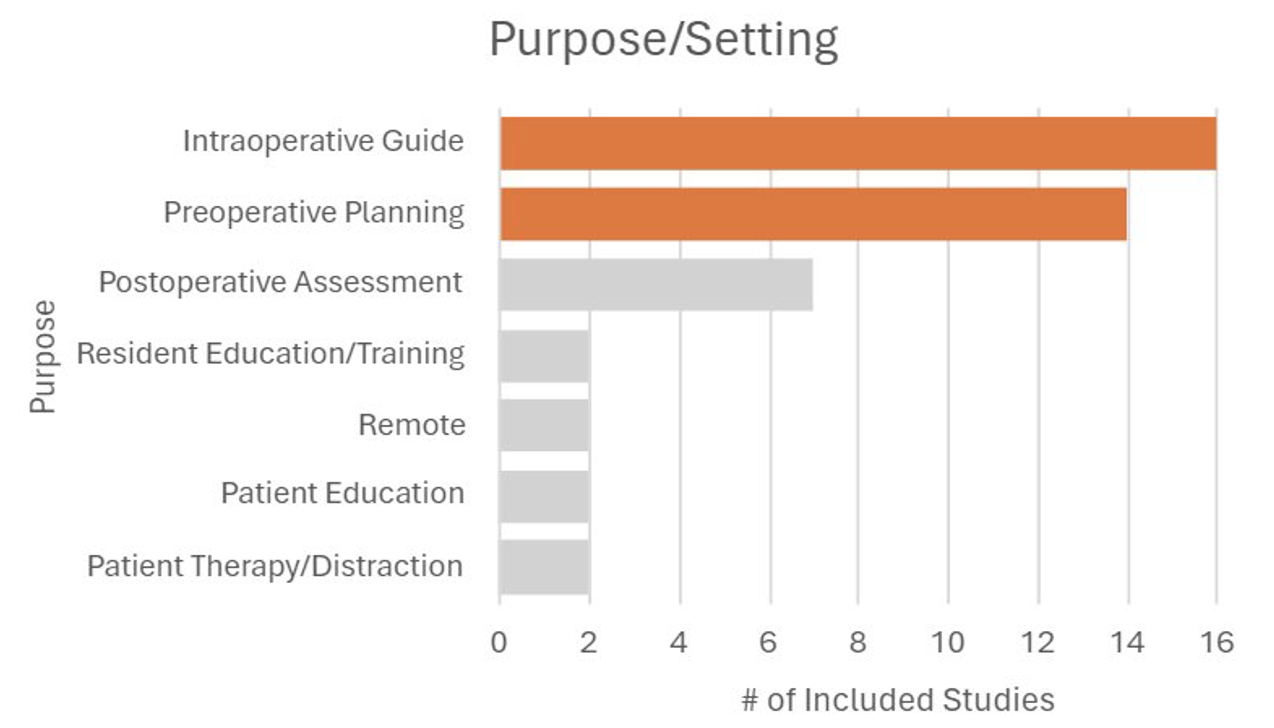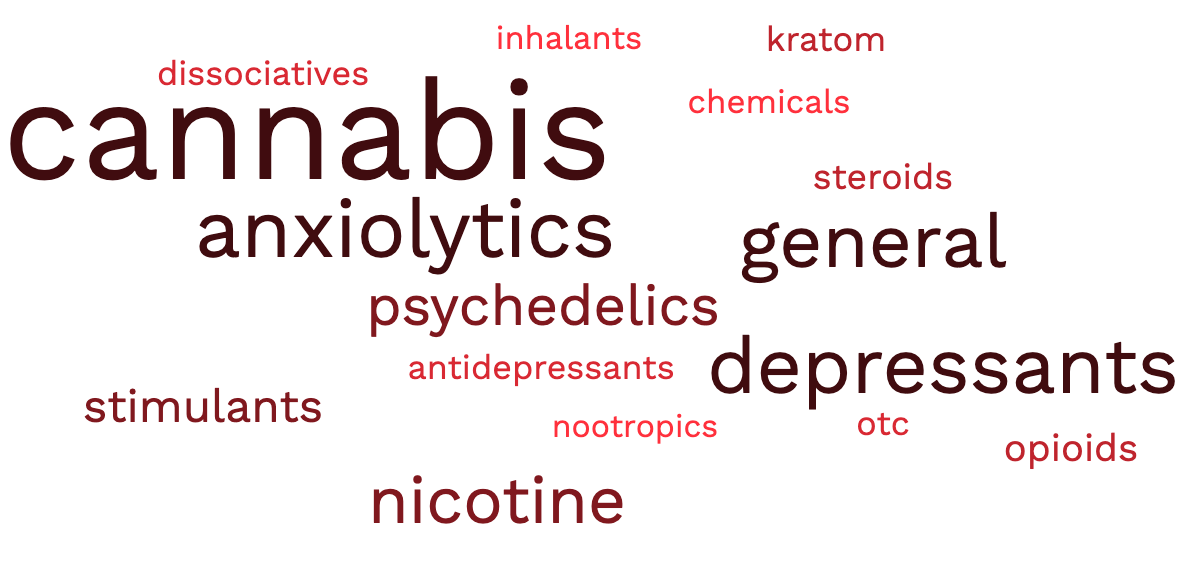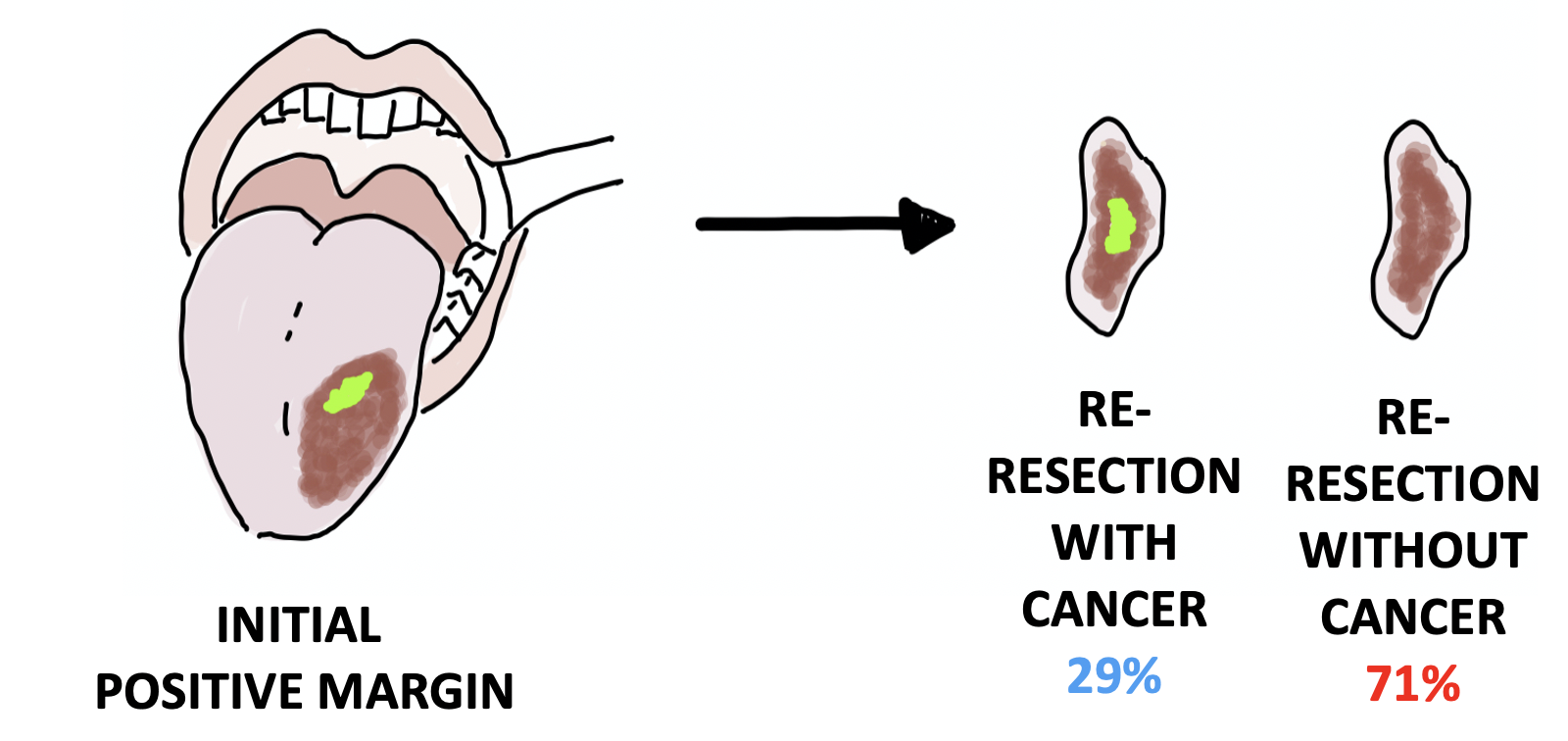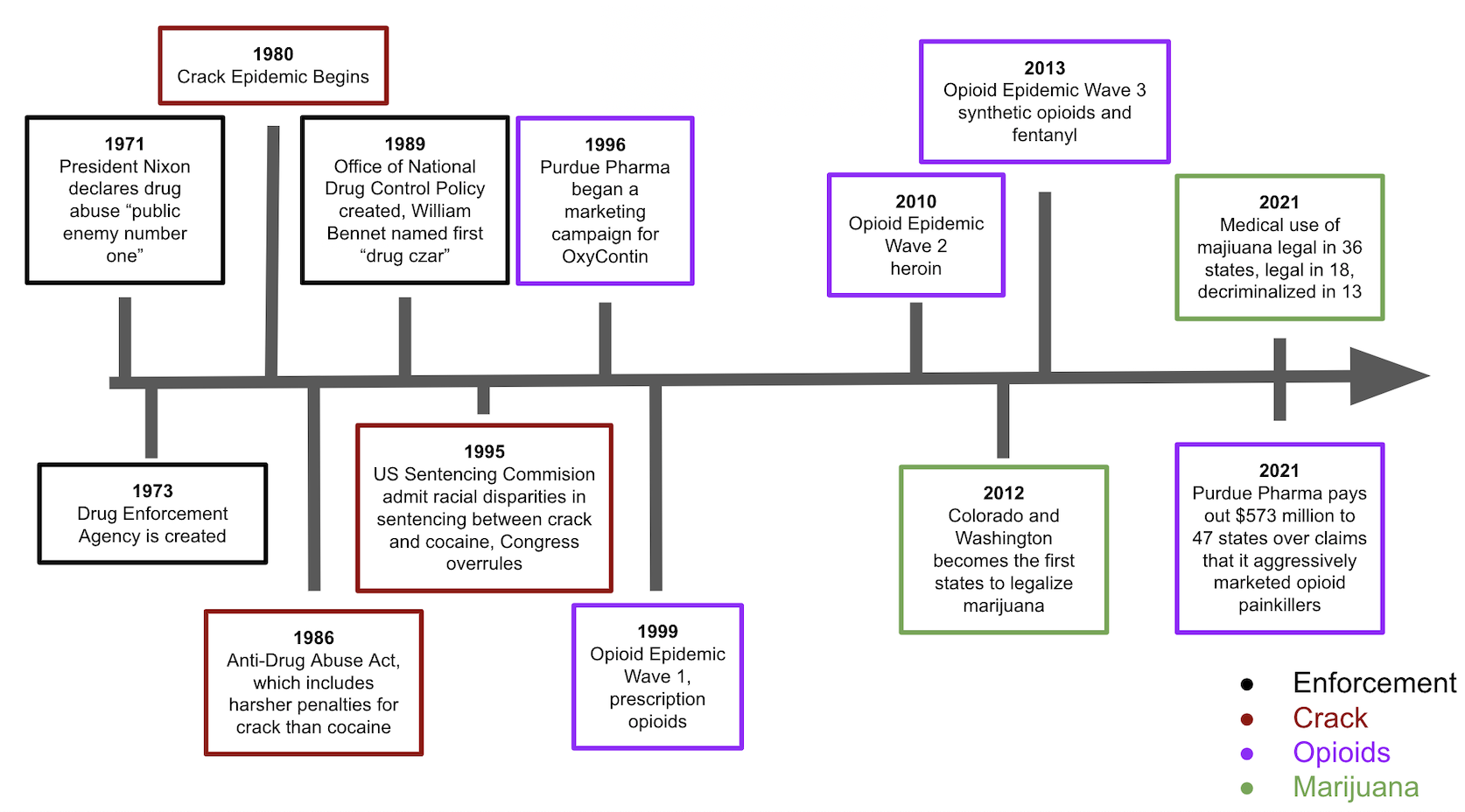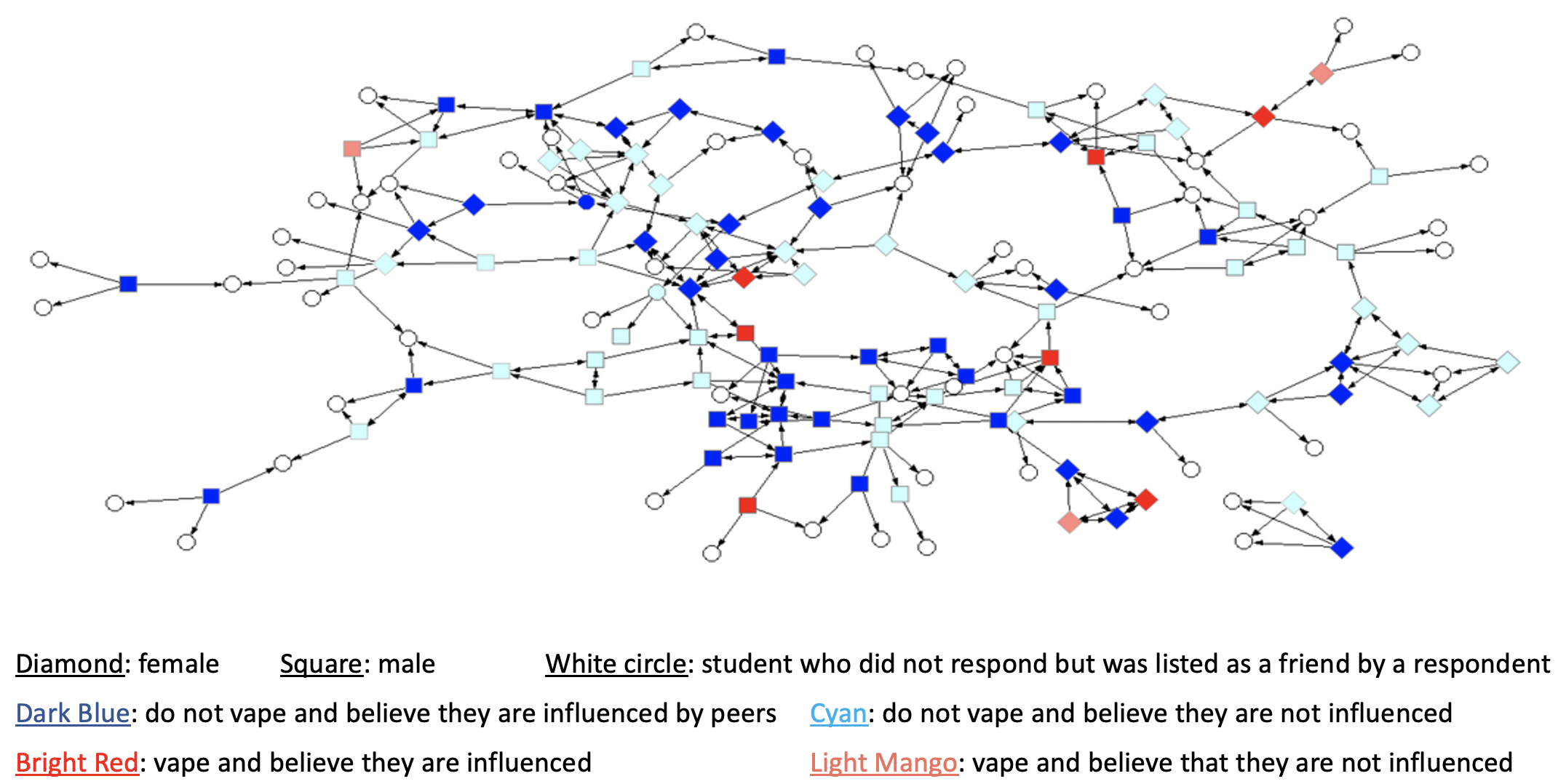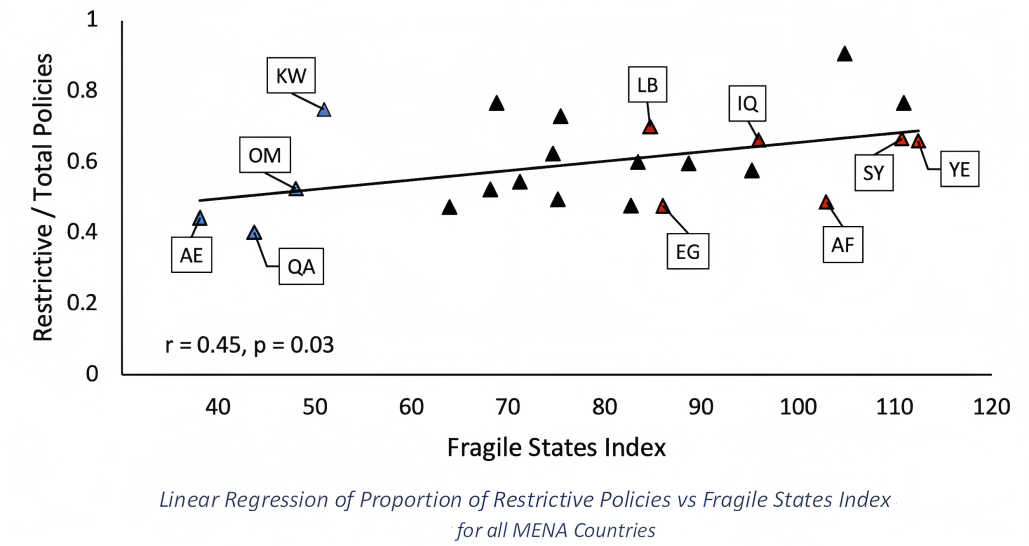Preoperative tracheostomy is associated with recurrence in total laryngectomy patients
Oral Presentation, American Academy of Otolaryngology-Head and Neck Surgery Annual Meeting, Indianapolis, IN, USA
This oral presentation investigates if preoperative tracheostomy increases the risk of cancer recurrence and worse outcomes for patients undergoing total laryngectomy. In our study of 787 patients treated from 1999 to 2024, 306 (39%) had a tracheostomy before surgery. These patients had significantly worse overall survival, disease-free survival, and local recurrence-free survival, even after adjusting for factors like cancer stage and prior treatments. Tracheostomy was also associated with a trend toward more peristomal recurrences, particularly when the time between tracheostomy and surgery was longer.
Recommended citation: Jin W, Habib DRS, Si CD, Swain BB, Hicks M, Langerman A, Mannion Kyle, Rohde S, Sinard R, Topf MC. Preoperative tracheostomy is associated with recurrence in total laryngectomy patients. Oral presentation at: American Academy of Otolaryngology-Head and Neck Surgery Annual Meeting; October 14, 2025; Indianapolis, IN, USA.
